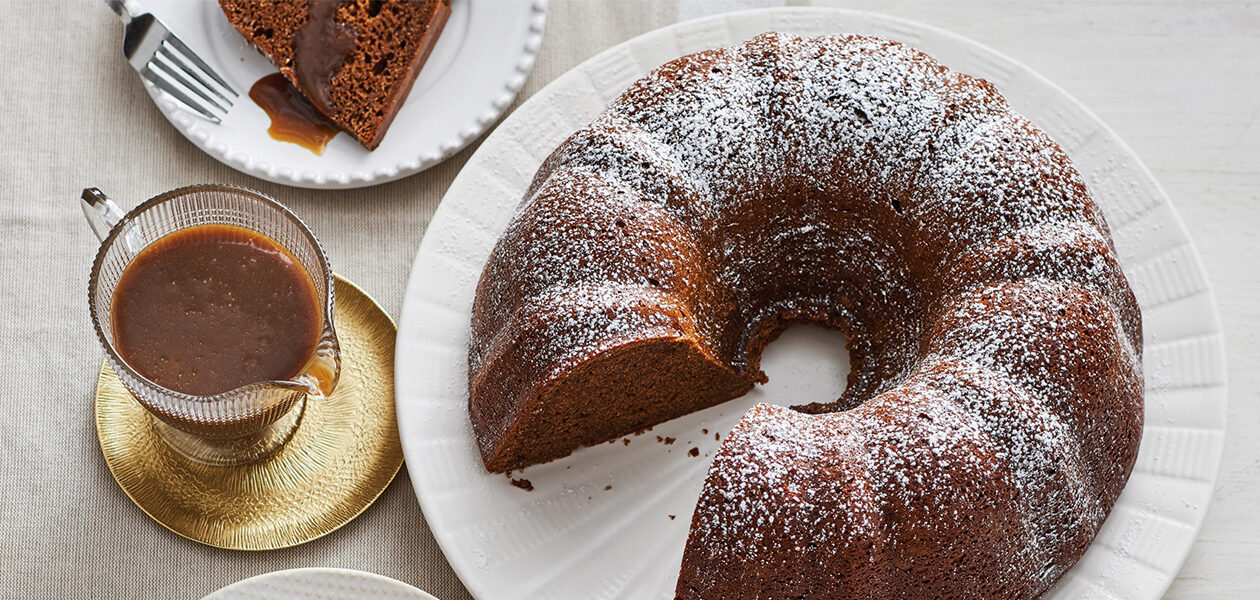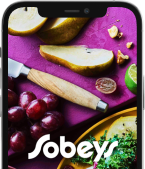Whether you’re a novice baker or an expert who wants to refine your technique, our baking guide offers plenty of tricks and advice to ensure only the best baked goods come out of your oven.
When you bake a classic apple pie, gooey chocolate chip cookies or warm banana bread for loved ones, you’re not just making food—you’re making memories. The flavours and aromas of our favourite baked goods bring smiles and soothe souls. Baking is also a wonderful activity to share with kids, whether you’re trying new techniques or passing along heirloom recipes.
While baking is something of a science, it takes just a little confidence, know-how and creativity to artfully mix things up and customize everything from muffins to tarts with savvy switches. Get familiar with all you need to know using our baking guide—a one-stop resource for home bakers!
Tips for Best Baking Results
- Measure precisely. Overfill cups and spoons slightly, then run the flat edge of a knife across the top to remove excess. Or go by weight and use a digital scale for the ultimate precision. For liquids, clear measuring cups are best for accuracy.
- Choose the right flour for the job. While you can get away with using all-purpose flour for most recipes, specialty flours can yield even better results.
– All-purpose flour works for everything from bread rolls to tarts to scones.
– Pastry flour is lower in protein and gives a finer texture to cakes, cookies and pastries.
– Bread flour is higher in protein, which improves texture and elasticity in yeast breads.
– Whole wheat flour adds nutty flavour, but doesn’t work the same as white flour in baking: it includes the heavier bran of the grain, which affects how much liquid a recipe needs and how well baked goods will rise. Usually whole-wheat flour can replace up to one-third of the all-purpose flour in a recipe without affecting results.
– All-purpose gluten-free flour is typically a blend of flours made from gluten-free grains such as rice, millet and tapioca, as well as additives such as xanthan gum to help provide structure and simulate the natural crumb that gluten provides. It can be used as a cup for cup substitute in many recipes.
- Use fresh raising agents. Yeast, baking soda and baking powder all lose their power over time, so respect use-by dates and buy in small batches.
- Read recipes all the way through before you start baking, and follow them carefully. If you lay out pre-measured ingredients and all required equipment before you begin, you’ll work more efficiently and encounter no surprises, such as missing a key ingredient. Also read ahead for ingredients that need to be used at room temperature or softened, which is often the case with butter or eggs.
- Keep oven temperature accurate and constant. Always preheat your oven and invest in an oven thermometer to test its accuracy. Unless your recipe specifies otherwise, bake in the centre of the oven to avoid over-browning tops or bottoms. Don’t open the door while baking cakes and breads, as the shift in temperature can make them sink if they’re only semi-cooked. (When baking cookies, though, it’s okay to open the oven door halfway through the baking time so you can turn the tray—or switch trays between racks if you’re using two at a time—to ensure even baking.)
- Know how to check for doneness. Everything from your oven to ingredients to the weather can affect baking times, so use the time listed in the recipe as a guide but pay the most attention to visual cues, such as colour, rise and texture. When making cakes and quick breads, insert a wooden skewer or toothpick into the centre to test for doneness; if it comes out clean, the cake is ready.

